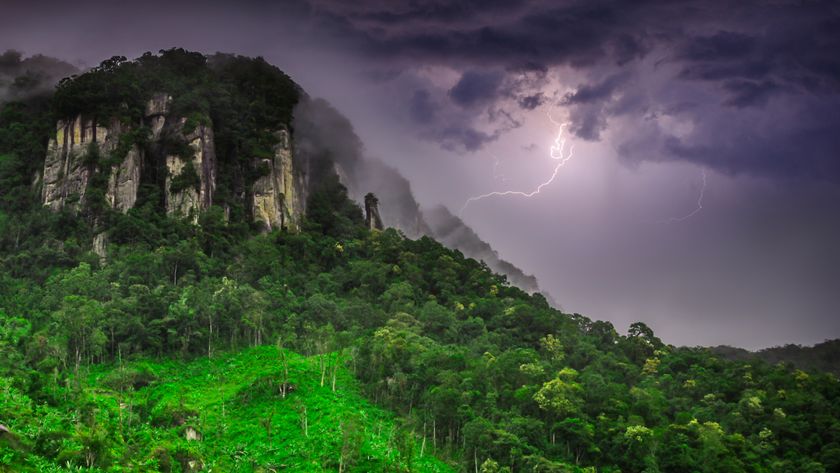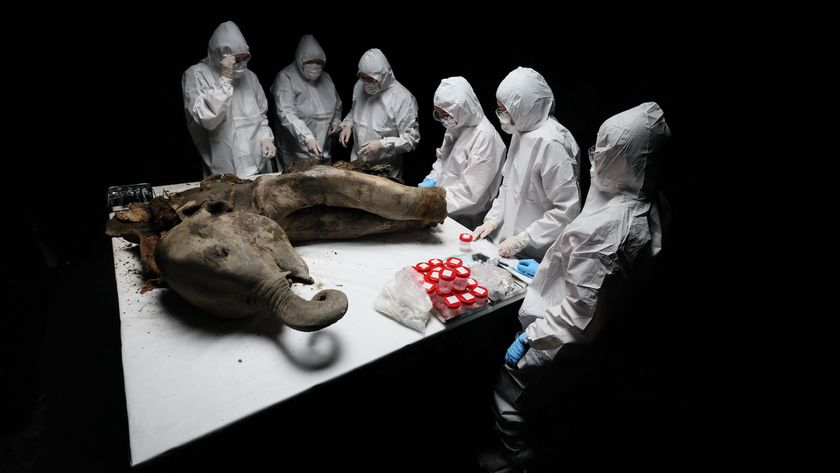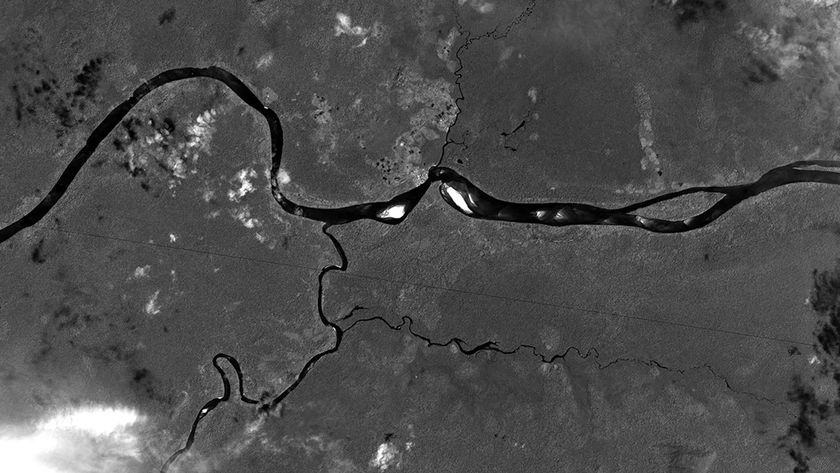Dinosaurs Breathed Like Birds
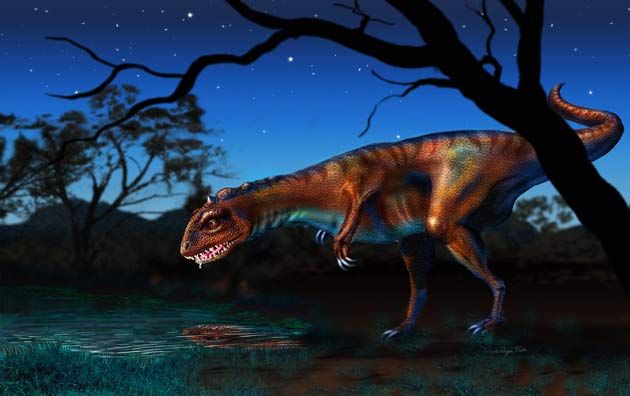
Birds evolved from dinosaurs, most paleontologists agree. But there are big questions about just how similar the large dinosaurs really were to today's eagles and hawks.
Experts still argue whether dinosaurs were hot-blooded, agile and active like the cunning predators in "Jurassic Park" or, as scientists at U.C. Berkeley phrase the old conventional view, "sluggish and stupid."
A new study finds an important bird trait embedded in dinosaur bones that argues for the more nimble view.
Big meat-eating dinosaurs had a complex system of air sacs similar to the setup in today's birds, according to an investigation led by Patrick O'Connor of Ohio University. The lungs of theropod dinosaurs -- carnivores that walked on two legs and had bird-like feet -- likely pumped air into hollow sacs in their skeletons, as is the case in birds.
"What was once formally considered unique to birds was present in some form in the ancestors of birds," O'Connor said.
The study, funded in part by the National Science Foundation, is detailed in the July 14 issue of the journal Nature.
Theory takes flight
Sign up for the Live Science daily newsletter now
Get the world’s most fascinating discoveries delivered straight to your inbox.
For more than three decades, scientists have seriously pondered the idea that birds are today's dinosaurs. The theory was put on solid footing in 1996 with the discovery of a well preserved, small and feathered dinosaur named sinosauropterx.
Other studies have since suggested that while an adult T. rex likely had scales, its young may have been covered in downy feathers.
Yet paleontologists had long thought that dinosaurs were cold-blooded, like reptiles. A reptile's simple heart puts only low amounts of oxygen in its blood -- not the right mix in the recipe of flight.
Modern computerized tomography (CT) scans of dinosaur chest cavities five years ago found the apparent remnants of complex, four-chambered hearts more like mammals and birds.
Earlier this year, rare soft tissue of a T. rex showed its blood vessels were similar to those of an ostrich.
Meanwhile, sketchy evidence in recent years had suggested dinosaur bones might contain air cavities. Still, some experts contended dinosaurs breathed more like crocodiles.
In the new study, O'Connor and his colleague, Leon Claessens of Harvard University, examined Majungatholus atopus, a recently discovered primitive theropod that is several yards long. They found cavities in its vertebral bones similar to those found in birds.
They found that "the pulmonary system of meat-eating dinosaurs such as T. rex in fact shares many structural similarities with that of modern birds," Claessens said.
Warm or cold?
A bird's air sacs are distributed throughout its body. The lungs never change shape, Claessens explained. Instead, fresh air is constantly being drawn from the air sacs through the lungs, in both directions, creating a very efficient respiration system.
There is also evidence that the dinosaur's rib cage was adapted for this type of system, Claessens told LiveScience.
The superior breathing apparatus, along with their complex hearts, increases bird metabolism and makes them warm-blooded, meaning they generate internal heat that controls their body temperature.
Reptiles are cold-blooded, relying on the environment and their behavior to regulate body temperature.
Though the dinosaur breathing system was not likely identical to living birds, "it's nothing like the crocodile system as we know it," O'Connor said.
The newfound similarities do not necessarily mean dinosaurs were warm-blooded, however. While that debate continues, O'Connor speculates that the blood of the long-gone beasts was probably somewhere between warm and cold.
- Birds of Prey: Spot Today's Dinosaurs
- Avian Ancestors: Dinosaurs that Learned to Fly
- Genetic Time Travel: Scientists Decode DNA of Extinct Animal
- Dinosaurs Mingled with Cousins of Ducks and Chickens
- Oops! Dinosaur Teeth Sales are a Croc
Then and Now
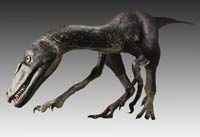
Avian Ancestors: Dinosaurs that Learned to Fly

Birds of Prey: Spot Today's Dinosaurs
Image Credits: AMNH (top); USFWS (bottom)
Robert is an independent health and science journalist and writer based in Phoenix, Arizona. He is a former editor-in-chief of Live Science with over 20 years of experience as a reporter and editor. He has worked on websites such as Space.com and Tom's Guide, and is a contributor on Medium, covering how we age and how to optimize the mind and body through time. He has a journalism degree from Humboldt State University in California.








